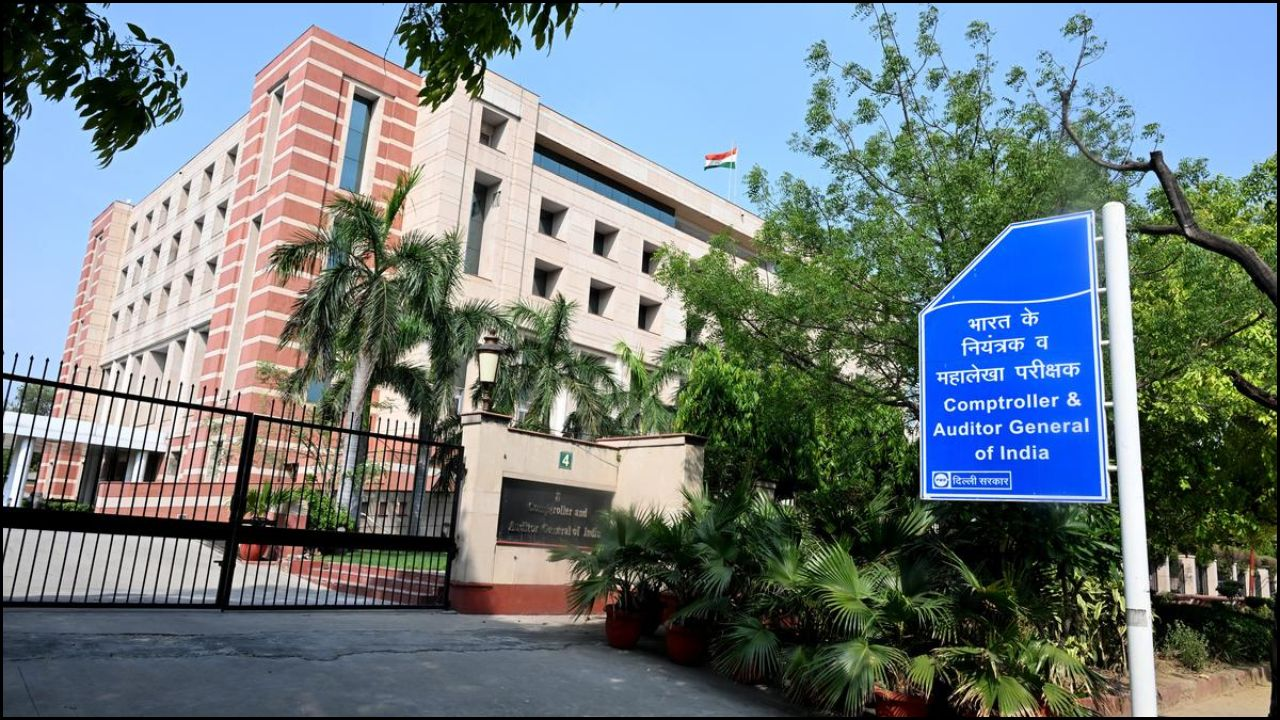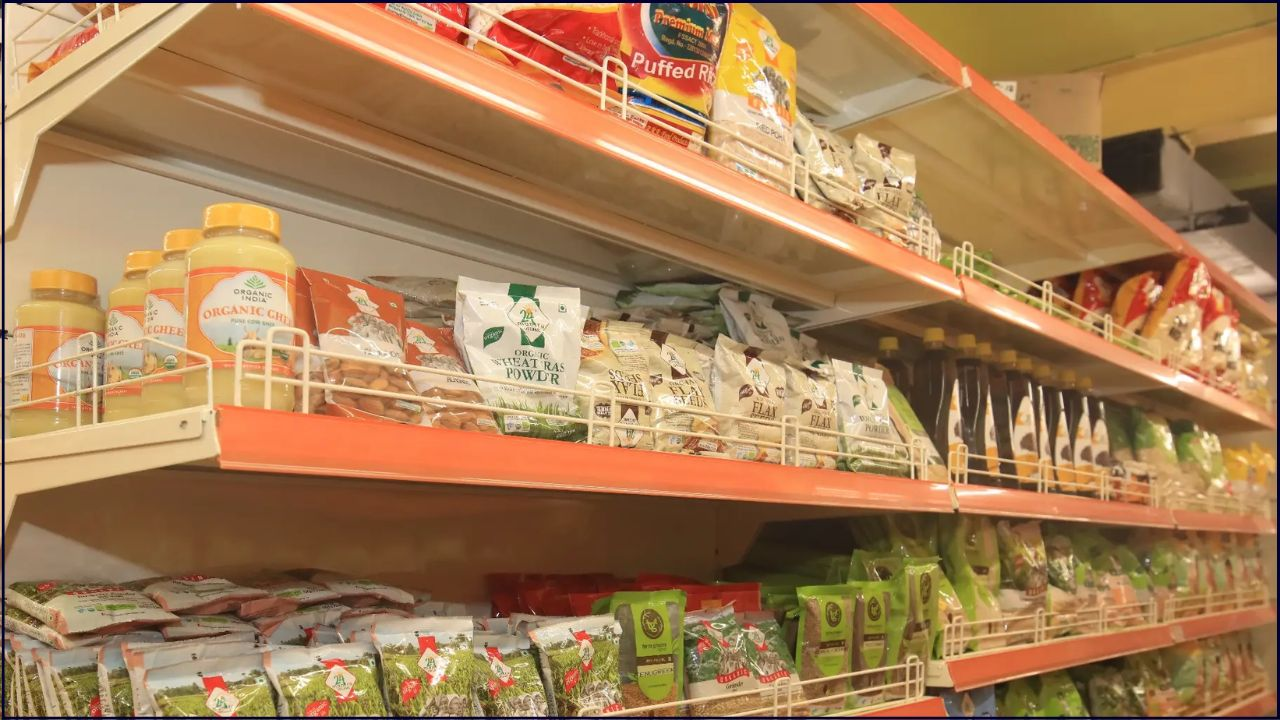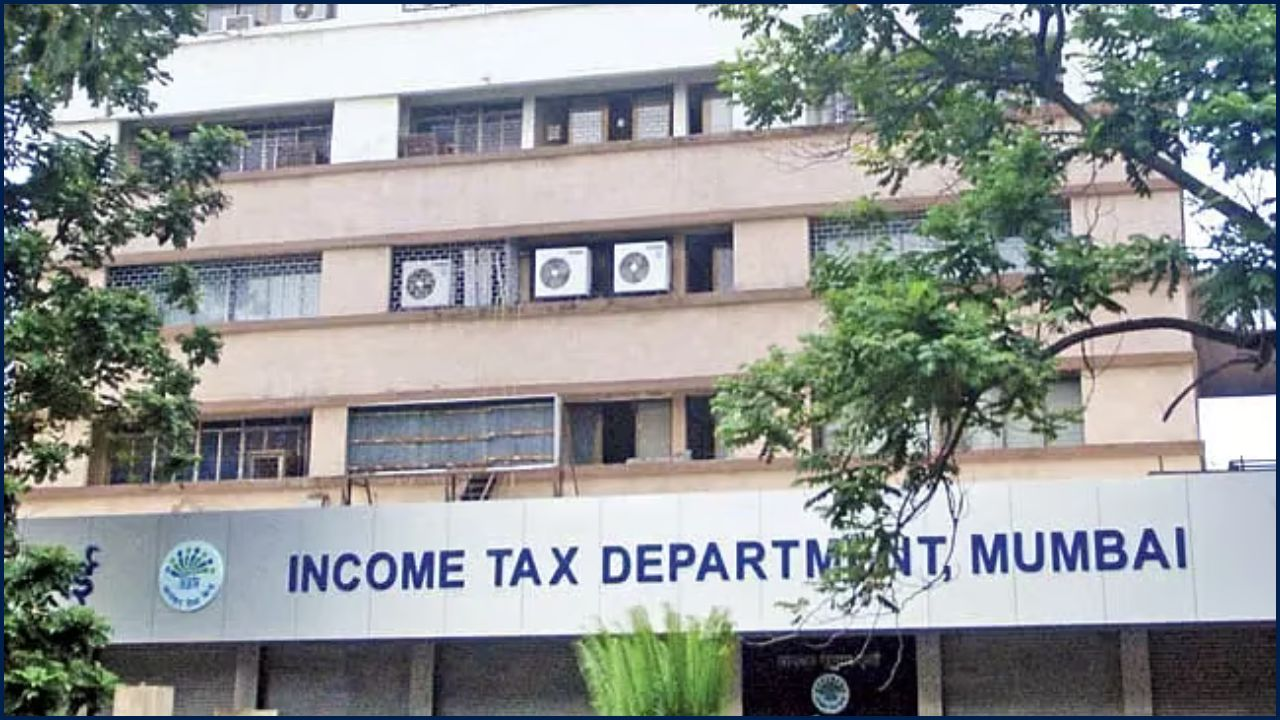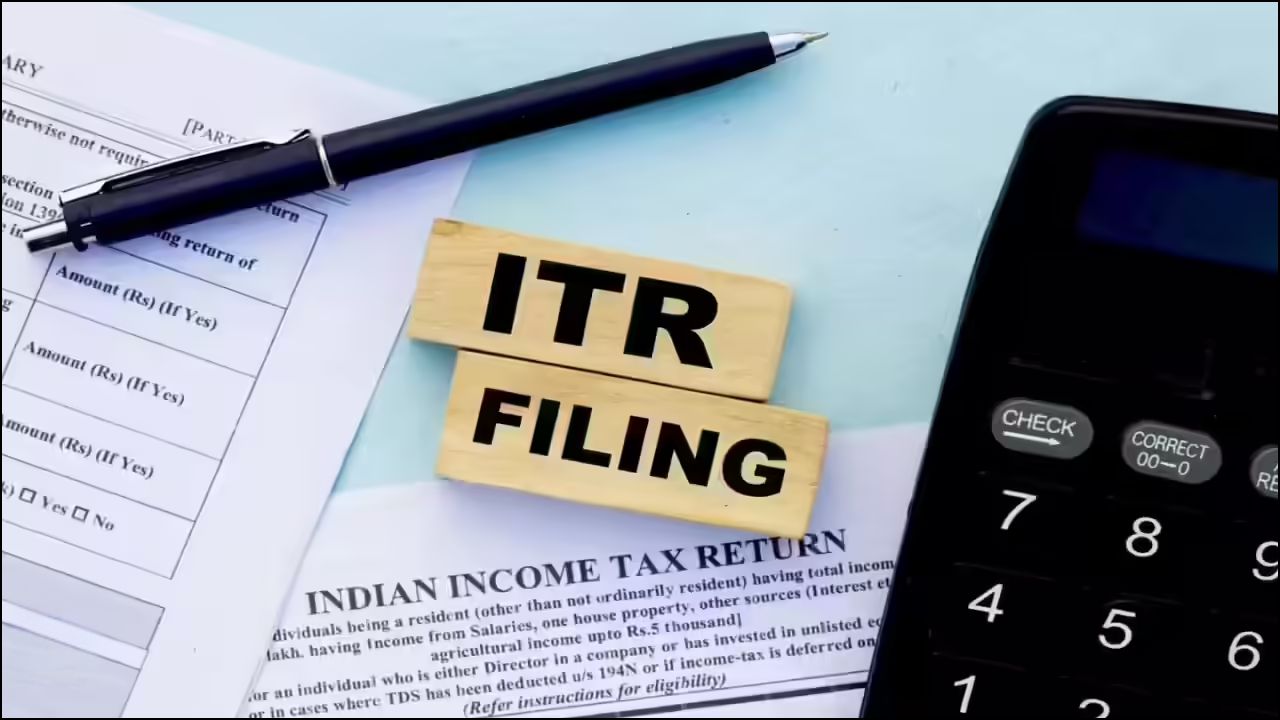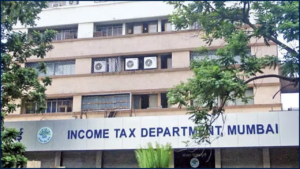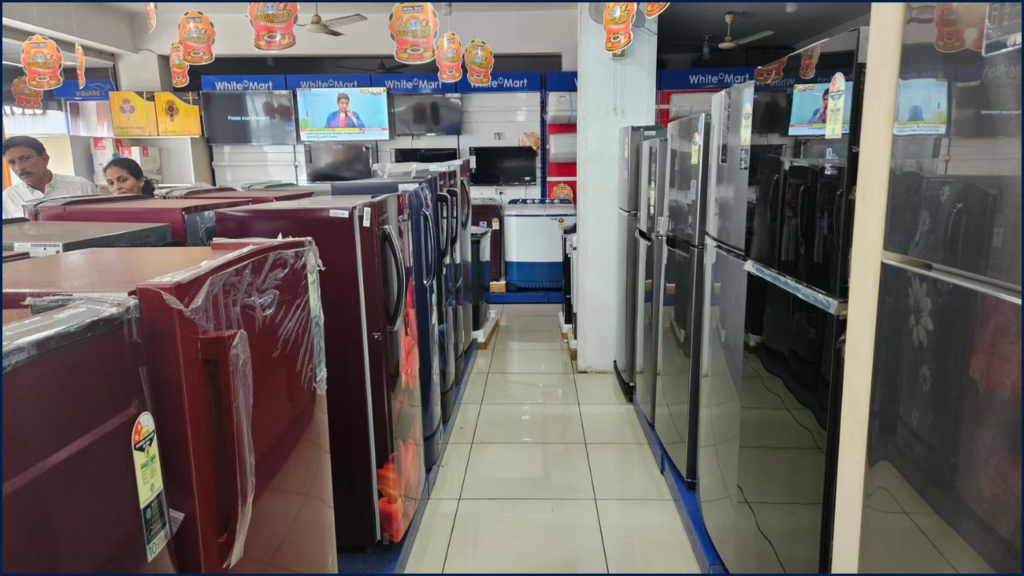
India’s Goods and Services Tax (GST) system has undergone a significant revision with the launch of GST 2.0 on September 22, 2025. This overhaul introduces tax reductions for various consumer goods, including home appliances, but does not extend similar relief to mobile phones and laptops. The move aims to ease the cost of living for many households while preserving government revenues.
GST 2.0: Key Changes and Implications for Consumers
India’s revamped GST 2.0, implemented on September 22, 2025, has brought substantial changes to the taxation of everyday goods. While most consumer appliances have benefited from reduced taxes, mobile phones and laptops remain unaffected by the reform.
Major Reductions for Household Appliances and Consumer Goods
One of the most impactful aspects of GST 2.0 is the reduction in taxes for several popular household items. Goods like air conditioners, refrigerators, washing machines, dishwashers, and large-screen televisions now attract a reduced Goods and Services Tax (GST) rate of 18%, down from the previous 28%. This reduction is expected to translate into a price cut of 8-9% for many consumers.
The lower tax rates are part of the government’s ongoing efforts to reduce the financial burden on middle-class families and make essential household appliances more affordable. Experts argue that this change could boost consumer spending in the sector, which has seen a slight decline in recent months due to higher inflation and economic slowdown.
According to Amit Jain, an economic analyst at the Institute for Policy Studies, “The reduction in tax rates for home appliances is a timely measure that will ease the cost of living, especially for families that rely on these goods daily.”
Automobile Industry Benefits from Lower GST
Alongside household goods, certain vehicles have also seen tax cuts. Small cars under 1200cc petrol or up to 1500cc diesel, motorcycles up to 350cc, and auto components have all benefited from an 18% GST rate, down from the previous 28%. Electric vehicles (EVs) have received a further tax break, with a reduced rate of 5%. This shift aligns with the government’s long-term strategy to promote eco-friendly alternatives and support the growing electric vehicle market in India.
Vikram Singh, a senior industry official, stated that “The reduction in GST for electric vehicles is a crucial step in India’s transition towards cleaner mobility. This will encourage more consumers to opt for EVs and support the government’s climate goals.”
Exemptions on Essential Items
In a move to ease the financial strain on consumers, essential items such as milk, bread, fruits, and vegetables have been exempted from GST altogether. These products are staples in most households, and their exemption from the tax is a welcome relief for families that rely on these items for daily nutrition.
The government has also eliminated GST on health insurance premiums, making healthcare more accessible for many. This reform is seen as a positive step towards expanding insurance coverage in a country where out-of-pocket medical expenses are often a major burden.
Why Mobile Phones and Laptops Are Excluded
Despite the extensive reductions in tax for various sectors, mobile phones and laptops have been excluded from the GST cut. Both products will continue to be taxed at the 18% rate, which has been in place since the introduction of GST in 2017.
There are several reasons for this decision. First, mobile phones and laptops represent a significant source of revenue for the government. A reduction in their tax rate could result in substantial revenue losses, which might affect government spending on other vital areas such as infrastructure and education.
Second, the mobile phone industry has benefited from various other initiatives, such as the Production Linked Incentive (PLI) scheme, which has been instrumental in driving domestic manufacturing of smartphones. The government has opted to focus on these incentives rather than GST reductions for the sector.
Aparna Reddy, a senior economist at the Indian Institute of Technology (IIT) Delhi, noted, “The government is more focused on bolstering domestic production and reducing import dependency rather than cutting taxes on high-end consumer electronics like mobile phones and laptops.”
Impact on Consumers: What to Expect
While the exclusion of mobile phones and laptops from the tax cut may be disappointing for many, there are still ways for consumers to save. Major retailers like Amazon and Flipkart are expected to offer substantial discounts on these items during the upcoming festive season sales, starting in late September 2025. These sales events often coincide with significant price cuts, offsetting some of the financial burden.
Moreover, the reform’s broader impact will likely stimulate spending in other sectors, such as home appliances and automobiles, boosting overall consumer confidence during a crucial time of year for retail businesses.
What the Future Holds for GST Reforms
GST 2.0 marks an important milestone in India’s ongoing efforts to refine its tax system and provide relief to its citizens. While the exclusion of mobile phones and laptops from the tax cuts may disappoint some, the broader reductions in other sectors are expected to bring tangible benefits to many families across the country.
As the government continues to monitor the effects of these changes, further adjustments may be made in the future to ensure the reform’s goals of affordability, accessibility, and economic growth are fully realized.
Conclusion
India’s GST 2.0 reform has introduced a wave of changes, with reductions in the tax rates for essential household appliances, automobiles, and everyday goods. However, mobile phones and laptops remain unaffected, with the government focusing on alternative measures such as PLI schemes to drive growth in the tech sector. This revision reflects the government’s balanced approach to both easing the cost of living and maintaining fiscal stability.


